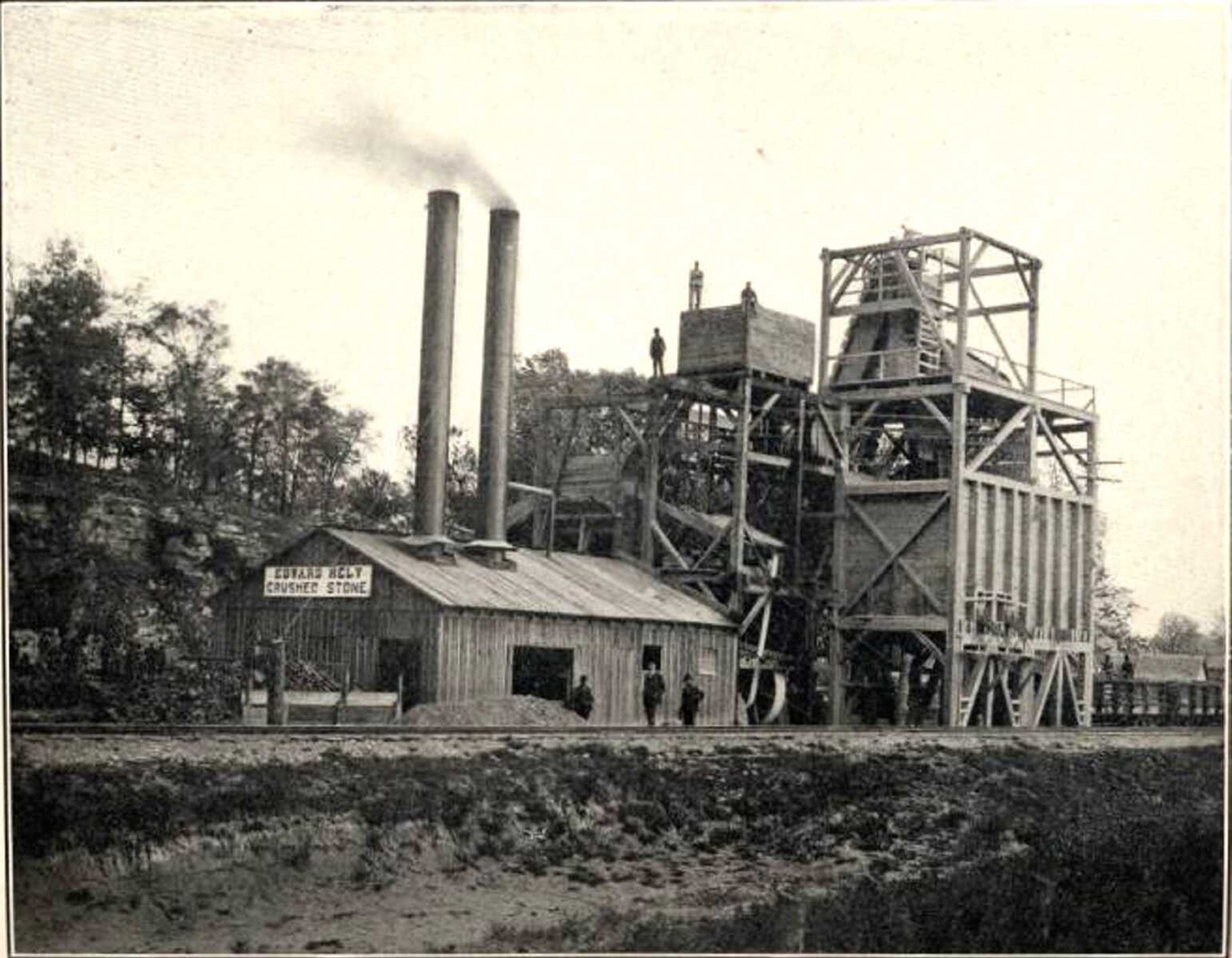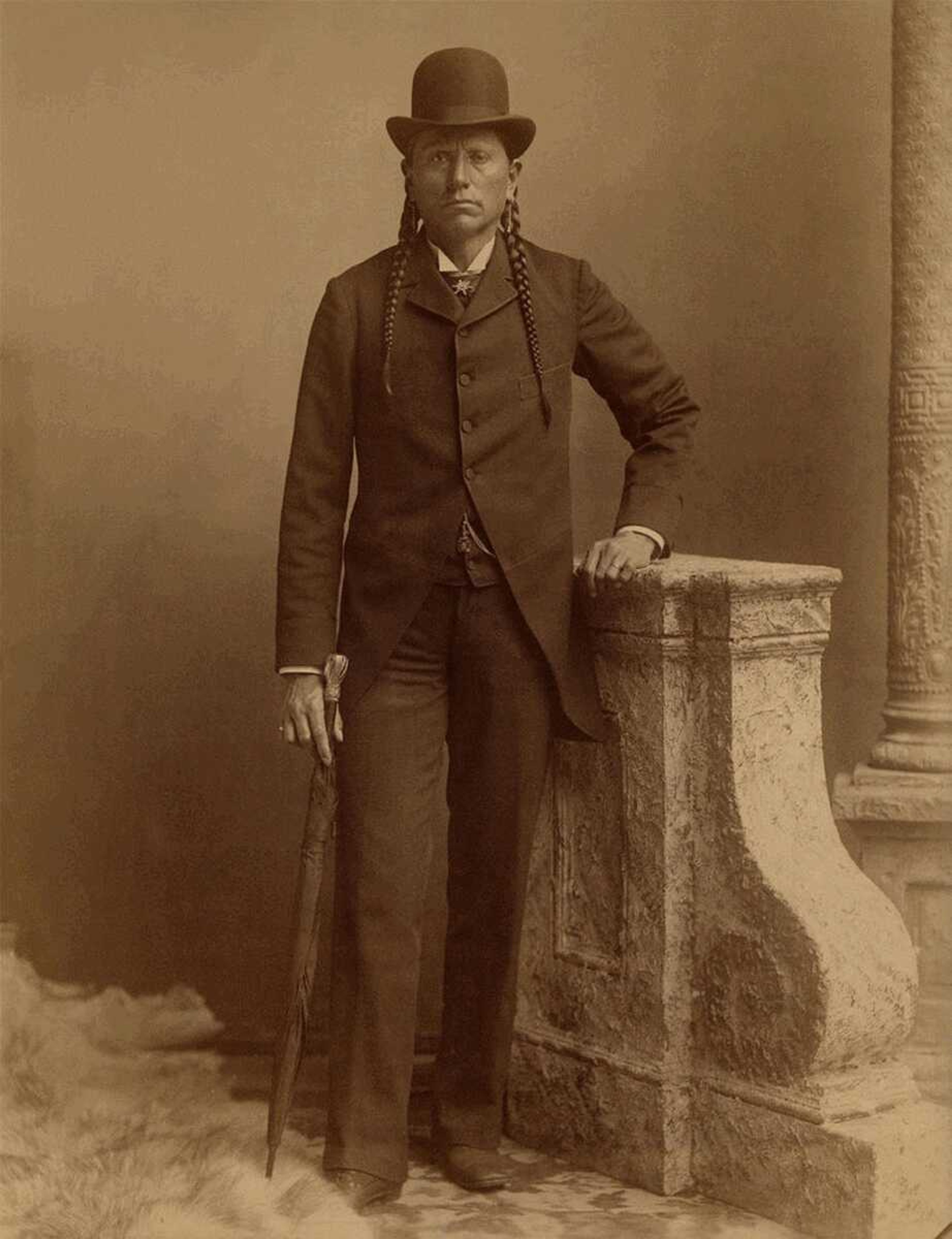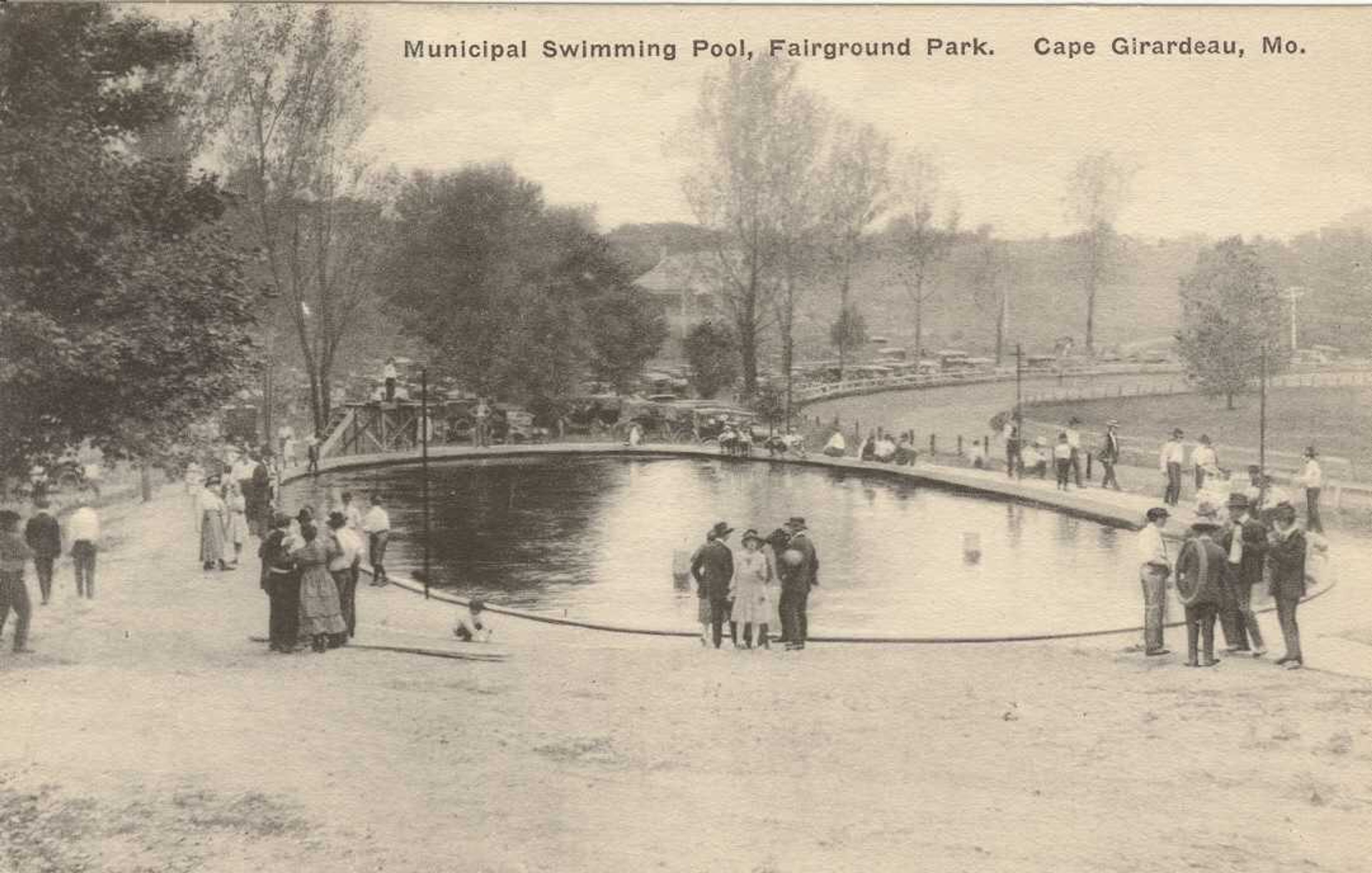South Cape's first big dig: Hely's Stone Company
Hely's Stone Company was the first of many successive quarry operations two miles south of the city of Cape Girardeau. Drilling, blasting, crushing and shipping away the ancient geologic sedimentary rock of the eastern edge of the Ozark uplift was building America...
Hely's Stone Company was the first of many successive quarry operations two miles south of the city of Cape Girardeau. Drilling, blasting, crushing and shipping away the ancient geologic sedimentary rock of the eastern edge of the Ozark uplift was building America.
Edward Hely of Illinois opened his Cape Girardeau rock crushing plant in 1902. According to Felix Snider's "Biography of a City" (1956), Hely first "imported Italians" as laborers, but in time, soon found a more reliable workforce -- families of African descent moving north from the rural south in the Great Migration, trading sharecropping for industry. Black laborers from Tennessee, Georgia and Arkansas joined locals to move profitable rocks. In 1917, Hely added a second crushing plant and hired more laborers. It was reported 59 Black families from Alabama moved to Cape, almost doubling the number of Black families in town.
A survey of World War I draft registration cards (1917-18) indicates nearly 10% of the 446 men of African descent (ages 18 to 45) in Cape County worked for Hely and lived at Hely's Settlement. By 1923 Hely Stone Company touted itself as the "largest plant of its kind in Missouri," turning out 220,000 cubic yards of crushed stone per year, increasing its output 100% in a year. A nationwide demand for Cape Girardeau stone meant the plant operated night and day to meet demand.
Hely employee families established a remarkable neighborhood known as "Hely's Settlement," which included Rock Levy school, Hely Chapel (Baptist) and Hely's Grove. Thanks to Hattie Jones' Cape Girardeau summaries in the St. Louis Argus, we know the Settlement was an active, popular neighborhood. The Chapel supported a pastor and offered a full slate of programs -- Sunday school, Baptist Youth People's Union (BYPU) and missionary circles. When the Settlement's school burned, the Chapel also served double duty as a school house. Black churches from all over the region regularly shared fellowships, revivals and baptisms in Hely's deep blue lake and picnic grove. Argus stories also remind that quarry work and rock crushing was hard, dangerous work. Frequently there were reports of worker injuries and deaths, occasionally involving children, whose playground was the quarry.
Snider's history indicated Hely's operation encompassed 45 acres, including offices, storage space, crushing and handing equipment, the open-pit and underground quarries, as well as a river terminal facility. Hely's son Norman superintended the operation, then owned the operation after his father's death in 1921. The younger Hely sold to Federal Materials in 1931, which later became Southeast Missouri Stone Company. Sharon Sanders' "Out of the Past" indicated the last Hely plant structural remnant was demolished in March 1977.

Where was Hely's Settlement housing? Was it a company-owned compound? I have researched and sought answers, coming short of an answer. Hely's Settlement pre-dated Smelterville, Village of Cape Girardeau and Leadville -- all Louis Houck's laborer subdivisions with land-lease arrangements, surveyed in 1906. Close proximity to Hely's Quarry may mean some portion of that area was first Hely's Settlement.
For more about Hely's Quarry, go to Fred Lynch's April 2, 2012, blog at www.semissourian.com/blogs/flynch/entry/45669.









